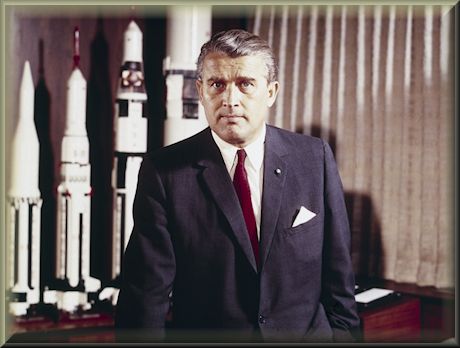 For anyone who grew up in the 1960s or earlier, what could better symbolize brave new worlds with visions of the future than when the Apollo 11 mission landed on the moon.
For anyone who grew up in the 1960s or earlier, what could better symbolize brave new worlds with visions of the future than when the Apollo 11 mission landed on the moon.
I am not a rocket scientist, nor is space craft or space exploration in my area of expertise, but I followed the NASA space program as I was growing up. One of the most vivid memories I have from my childhood is watching my parents old black and white television on the night of July 20, 1969. At 10:56 p.m. EDT, American Astronaut Neil Armstrong is ready to plant the first human foot on another world. With more than half a billion people watching on television, he climbs down the ladder and proclaims: "That's one small step for a man, one giant leap for mankind."
The Apollo 11 space craft that carried the astronauts to the moon was powered by the Saturn V rocket created by a team of rocket scientists lead by Dr. Wernher von Braun. Rocket science is generally accepted as being intellectually difficult and outside the capabilities of the average person. When someone is asked to do a relatively undemanding task they are reminded that what they are asked to do is not rocket science. Being in charge of the team that sent the first rocket to the moon is pretty high up on the list of achievements in Geek History.
From German Nazi Party SS to NASA rocket scientist
Wernher von Braun was born in 1912 in Wirsitz, Germany. According to a NASA biography of von Braun, as a youth he became enamored with the possibilities of space exploration by reading the science fiction of Jules Verne and H.G. Wells. As a young man von Braun joined the German Rocket Society. In 1932, von Braun joined the German army to work on the development of ballistic missiles. By 1937, he was the leader of the Nazi rocket program that developed the V-1 “buzz bomb” and the deadly V-2, the world’s first long-range guided ballistic missile. Wernher von Braun was known as the "Father of German Rocket Science."